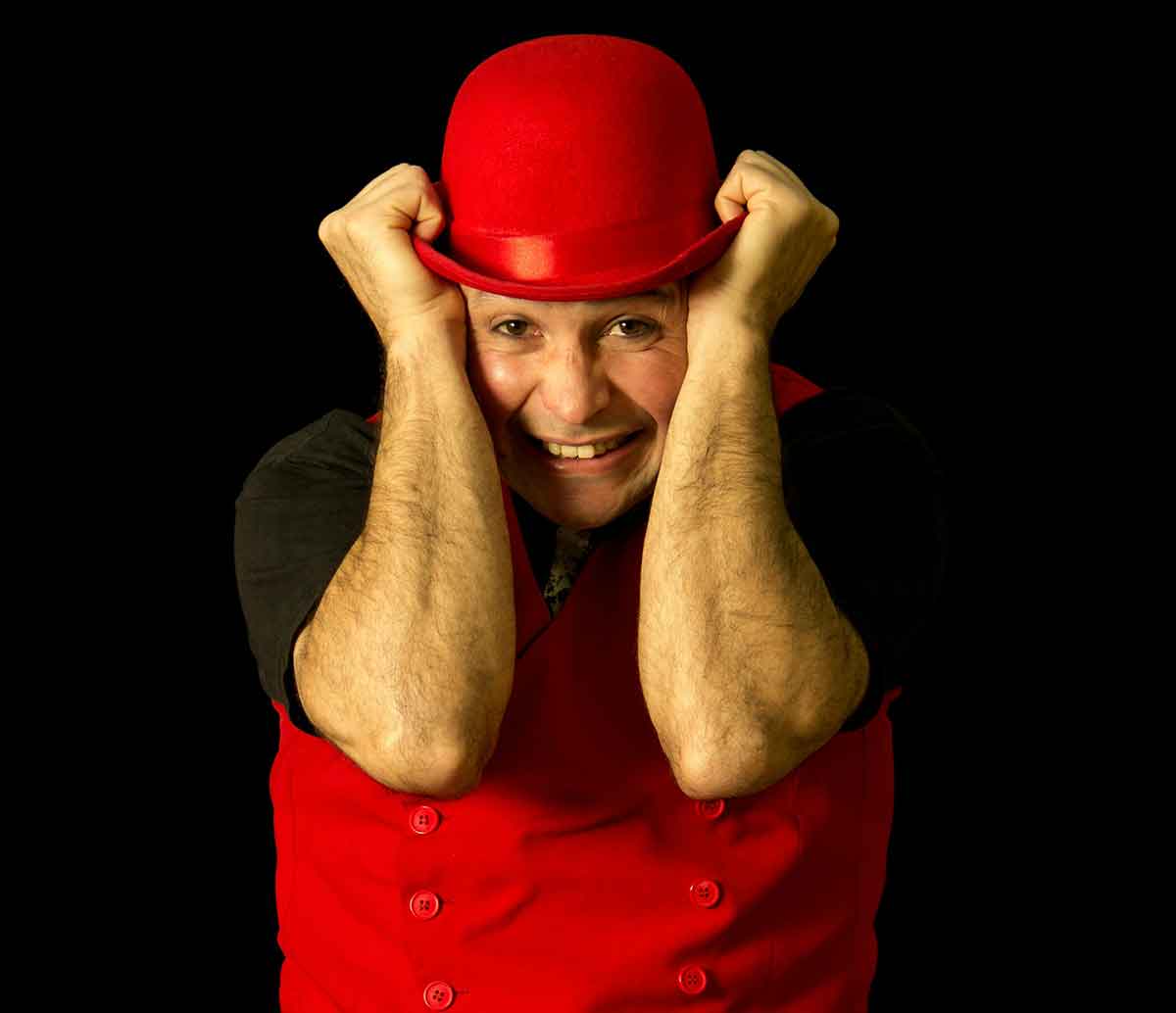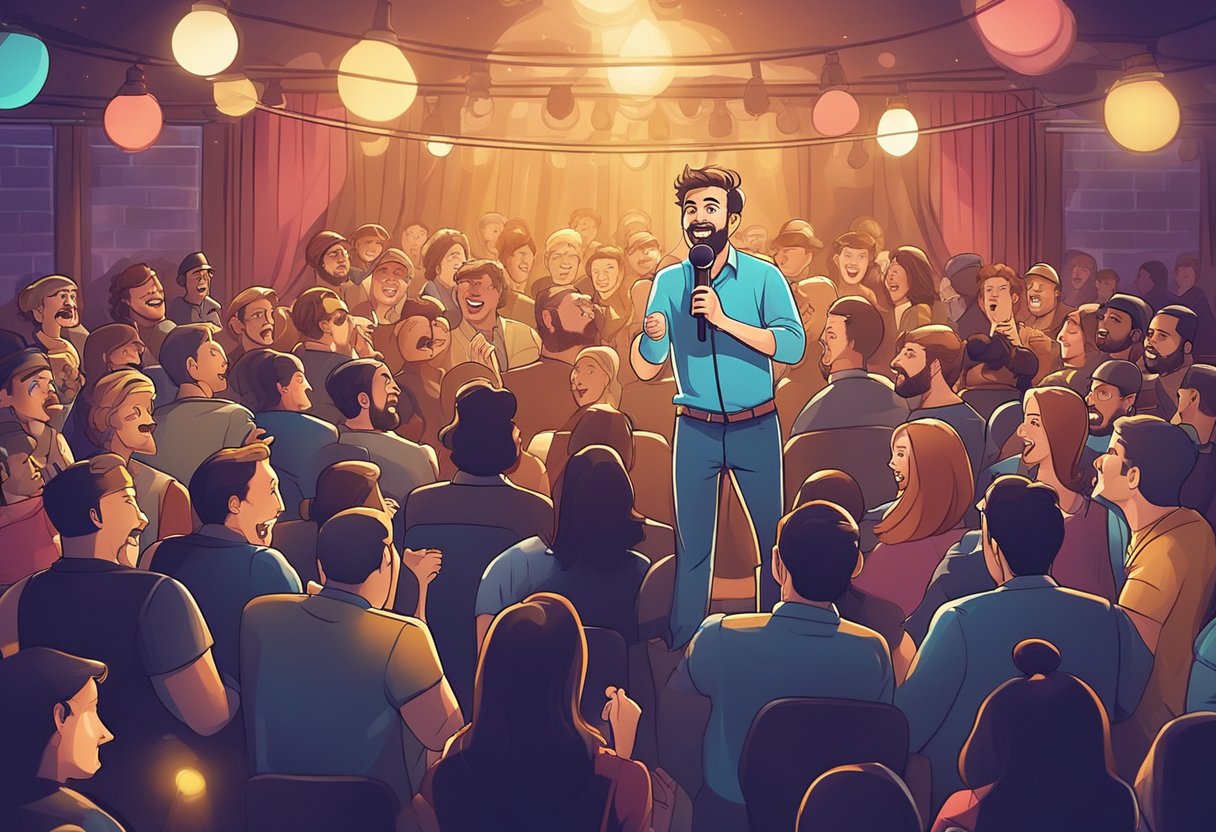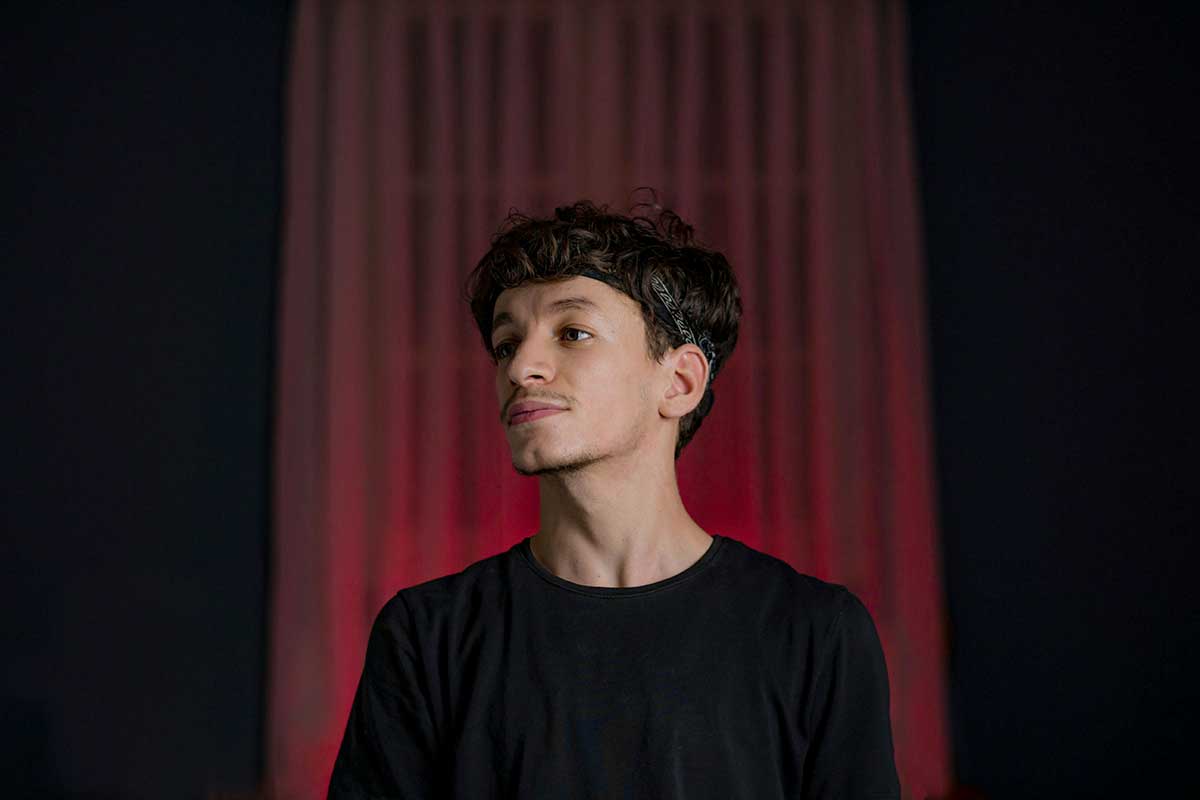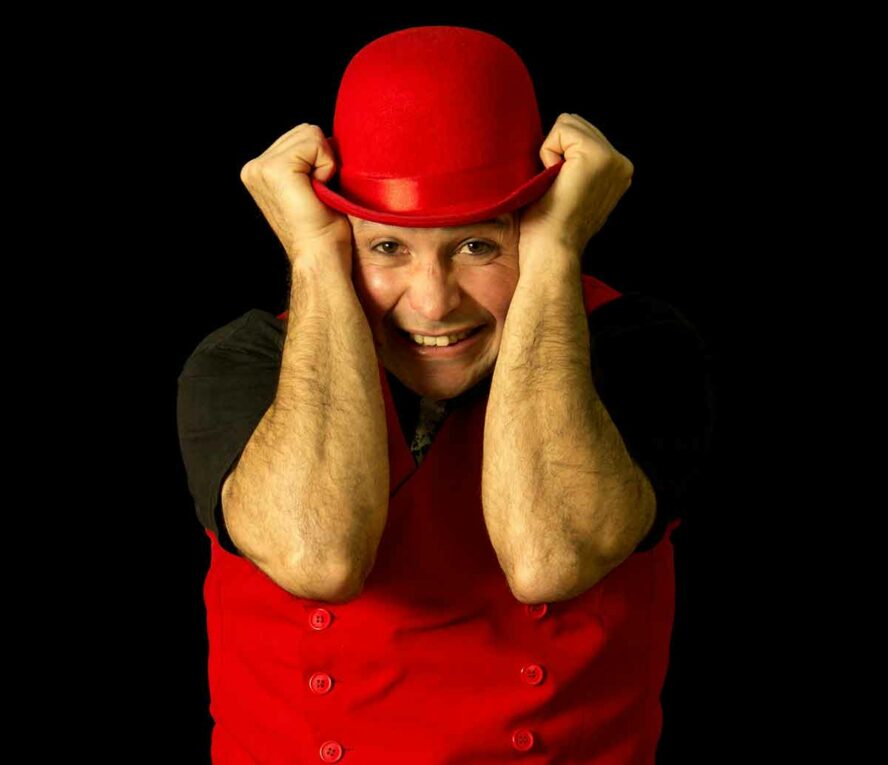Brief History of Stand Up Comedy in USA: From Vaudeville to Netflix Specials
Stand-up comedy has become an integral part of American entertainment, with a rich history that dates back to the early 1900s. It has evolved over the years, reflecting the social, cultural, and political changes in the country.
Today, stand-up comedy is a multi-billion dollar industry, with countless performers and fans across the United States.

The roots of stand-up comedy can be traced back to vaudeville shows, which were popular in the early 1900s. These shows featured a variety of acts, including comedians who would perform short, humorous skits.
As the popularity of vaudeville declined, stand-up comedy began to emerge as a distinct art form. The 1950s and 1960s were a particularly important time for stand-up comedy, with performers like Lenny Bruce, Richard Pryor, and George Carlin pushing the boundaries of what was considered acceptable in comedy.
Today, stand-up comedy is more diverse than ever, with comedians from all backgrounds and walks of life taking the stage.
From clubs to theaters to streaming platforms, there are countless opportunities for comedians to showcase their talents and connect with audiences.
Let’s take a look at the history of stand-up comedy in the United States, highlighting some of the most important performers and moments in the genre’s evolution.
Vaudeville Roots and Minstrel Shows

Stand-up comedy has a rich history in the United States, with roots dating back to the 19th century.
One of the earliest forms of stand-up comedy was the minstrel show, which featured white performers in blackface portraying African Americans in a stereotypical and offensive manner. These shows were popular in the mid-1800s but eventually fell out of favor due to changing social attitudes.

Fanny Brice in character as “Baby Snooks”
In the late 1800s and early 1900s, vaudeville shows became the dominant form of entertainment in the United States. Vaudeville shows were variety shows that featured a range of performers, including comedians, singers, dancers, and magicians. Many of the early stand-up comedians got their start performing in vaudeville shows.
One of the most famous vaudeville comedians was Will Rogers, who became known for his folksy humor and commentary on politics and current events. Other notable vaudeville comedians included Fanny Brice, who was known for her character Baby Snooks, and Eddie Cantor, who was known for his energetic and irreverent style.
As vaudeville declined in popularity in the 1920s and 1930s, stand-up comedy began to evolve into a distinct art form. Comedians began performing in nightclubs and theaters, and their material became more personal and observational. This new style of comedy paved the way for the stand-up comedians of today, who continue to push the boundaries of what is considered funny.
The Birth of Stand-Up Comedy

Stand-up comedy has become a staple of American entertainment, but its origins can be traced back to the late 19th century. At that time, vaudeville shows were popular, and comedians would perform short sketches and jokes between musical acts.
From Burlesque to Nightclubs
In the early 1900s, burlesque shows became popular, and comedians began incorporating more adult humor into their acts. This led to the rise of stand-up comedy in nightclubs, where comedians would perform their routines for adult audiences.
One of the first comedians to achieve widespread success in nightclubs was Jack Benny, who began his career in vaudeville before transitioning to radio and television. Other famous comedians of the era included George Burns and Gracie Allen, who were known for their witty banter and comedic timing.
Radio and Television Influence
The rise of radio and television in the mid-20th century helped to popularize stand-up comedy even further. Comedians such as Bob Hope and Milton Berle became household names through their appearances on radio and television shows.
In the 1960s and 1970s, stand-up comedy experienced a resurgence with the rise of comedy clubs and the popularity of comedians such as Richard Pryor, George Carlin, and Joan Rivers. These comedians pushed the boundaries of what was considered acceptable in comedy and paved the way for future generations of comedians.
Today, stand-up comedy continues to be a popular form of entertainment, with comedians performing in clubs, theaters, and arenas across the country. From its humble beginnings in vaudeville and burlesque shows to its current status as a cultural phenomenon, stand-up comedy has come a long way over the past century.
Modern Era of Stand-Up

The modern era of stand-up comedy in the USA began in the 1960s and 1970s. During this time, comedians began to experiment with new styles and topics, pushing the boundaries of what was previously considered acceptable in comedy.
Comedy Albums and Specials
One of the key developments of this era was the rise of comedy albums and specials. Comedians such as Richard Pryor, George Carlin, and Bill Cosby released albums that became hugely popular, allowing them to reach a wider audience than ever before.
These albums often tackled controversial topics such as race, politics, and sex, and were seen as a way for comedians to express themselves freely without the restrictions of television or radio.
Comedy Clubs and Festivals
Another important development of the modern era of stand-up comedy was the rise of comedy clubs and festivals. Clubs like The Comedy Store in Los Angeles and The Improv in New York City became popular venues for up-and-coming comedians to perform and hone their craft.
In addition, festivals such as the Just for Laughs festival in Montreal and the Edinburgh Festival Fringe in Scotland provided a platform for comedians to showcase their talents on an international stage.
These clubs and festivals helped to create a thriving comedy scene, and many of the most successful comedians of the modern era got their start performing in these venues.
Overall, the modern era of stand-up comedy in the USA was characterized by a willingness to push boundaries and tackle controversial topics, as well as the rise of new platforms and venues that allowed comedians to reach a wider audience than ever before.
Significantly, comedians such as Jerry Seinfeld, Brian Regan and Mitch Hedberg took a more lighthearted approach, and generated laughter by just pointing out peculiar topics from everyday life.
Social Impact and Evolution

Stand-up comedy has had a significant impact on American society and culture, both politically and socially. As the genre has evolved over time, it has become a platform for comedians to express their views on a wide range of social and political issues, as well as get laughs from the most seemingly mundane topics..
Political and Social Commentary
One of the most notable aspects of stand-up comedy is its ability to provide social and political commentary.
Many comedians have used their platform to address important issues such as racism, sexism, and social inequality. For example, Richard Pryor’s commentary on race and Eddie Murphy’s commentary on homophobia were groundbreaking in their time and helped to raise awareness about these issues.
Changes in Style and Delivery
Stand-up comedy has also undergone significant changes in style and delivery over the years.
In the early days of comedy, comedians relied heavily on one-liners and jokes. However, as the genre has evolved, comedians have become more focused on storytelling and personal anecdotes. This has allowed them to connect with audiences on a more personal level and to address more complex issues.
In addition, the rise of social media has allowed comedians to reach larger audiences and to connect with fans in new and innovative ways. As you may be well aware, many comedians now have their own podcasts and YouTube channels, which allow them to share their views and connect with fans on a more consistent basis.
Overall, stand-up comedy has had a profound impact on American society and culture. As the genre continues to evolve, it will undoubtedly continue to shape the way we think about and engage with important social and political issues.

